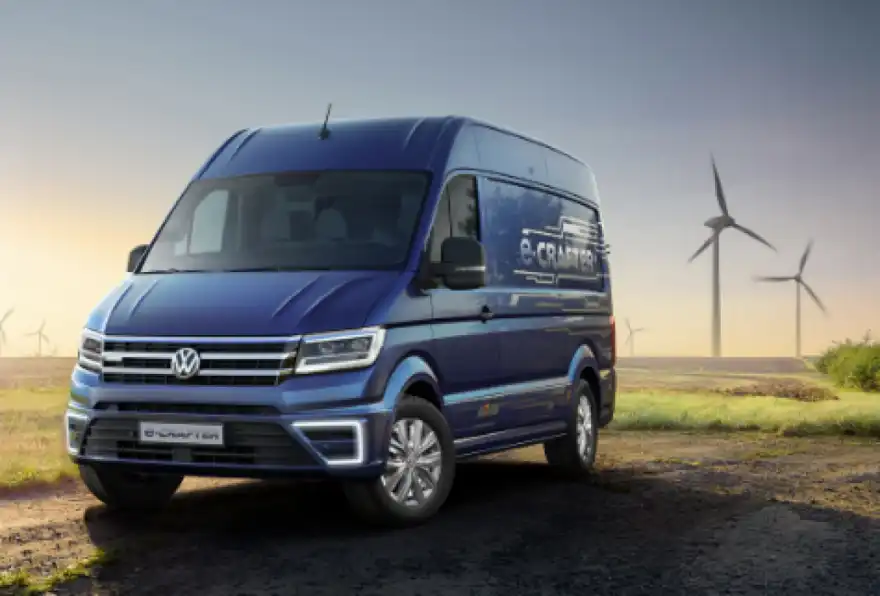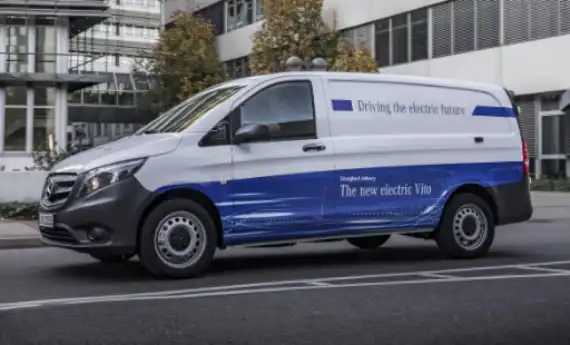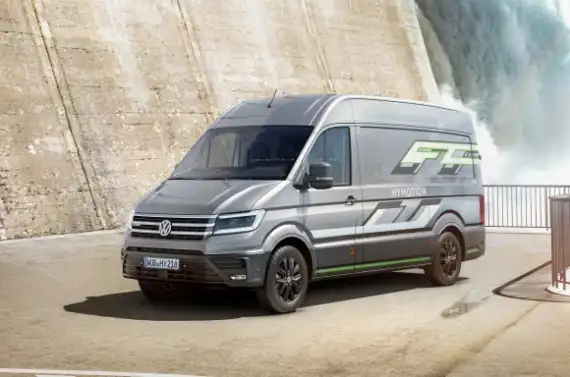
Driving licence rule changes explained
Motorists that have a car licence can now drive larger, alternatively fuelled, vans thanks to new licence rules which encourage them to pick eco-friendly models, the Department for Transport confirmed. Category B licence holders can now therefore take to the road in vans that weigh 3.5 - 4.25 tonnes. Previously, the Category C1 licence was required for vans more than 3.5 tonnes.
So why the change? The Government said that ‘vans account for a growing share’ of vehicles on the road. They also have ‘higher utilisation rates and higher emissions than cars’. On this basis, it is keen to help drivers switch to newer, cleaner, vans to minimise pollution. Pollution can cause health problems, after all.
The driving licence change recognises that eco-friendly, alternatively fuelled, vans tend to be heavier than their traditional counterparts. The batteries for electric motors are heavy, for starters. On this basis, it was decided that the previous 3.5 tonne limit placed unreasonable restrictions on motorists that made it tricky for them to embrace newer technology.

The Department for Transport further revealed the specific rules motorists must follow to stay within the law. For instance, to be considered ‘alternatively fuelled’ vans must be powered by either:
- Electricity
- Natural gas
- Biogas
- Hydrogen
- Hydrogen and electricity
Training
Category B licence holders must also complete at least 5 hours training to ensure they can cope with the size, weight, and handling characteristics of such vans. Furthermore, the training must be provided by companies listed on the Government’s LGV Training Registers (light goods vehicle). This is to ensure motorists receive competent, professional, tuition. The registers are:
- National Register of LGV Instructors (25 centres)
- National Vocational Driving Instructors Register (13 centres)
Once the training is complete motorists get a certificate that proves competence. ‘This certificate can then be used by third parties to evidence that they have completed the training’, the Department for Transport said. Drivers that take to the road without such training commit an offence under the Road Traffic Act.

Minister praises licence evolution
The Government said that the evolution of the driving licence is part of a wider, long term, strategy to reduce pollution from vehicles. The Future of Mobility Minister, Jesse Norman, explained:
‘Our Road to Zero Strategy sets out our ambition for all new cars and vans to be effectively zero emission by 2040. By changing the licence requirements, we are seeking to support business owners by enabling them to use alternatively fuelled vehicles more easily.’
